The Resurgence of Ruffs in Fashion
The ruff is making a notable comeback on the runways, suggesting it could soon become a popular choice for everyday wear, including on public transport and in workplaces, as well as at high-end events. Seán McGirr’s Autumn/Winter 2025 ready-to-wear collection for Alexander McQueen featured ruffs in varying sizes and materials. Designers like Dior, Valentino, and Louis Vuitton presented their own dramatic takes on this exaggerated neckpiece trend. Maria Grazia Chiuri drew inspiration from Virginia Woolf’s Orlando for what may be her final collection for Dior, blending intricate lace mini ruffs with luxurious leather. Meanwhile, Valentino’s Alessandro Michele showcased bold marabou feather ruffs in a dystopian-themed runway presentation, and at Louis Vuitton, Nicholas Ghesquière’s models appeared ready to board a train, some sporting fringed or ruched ruffs.
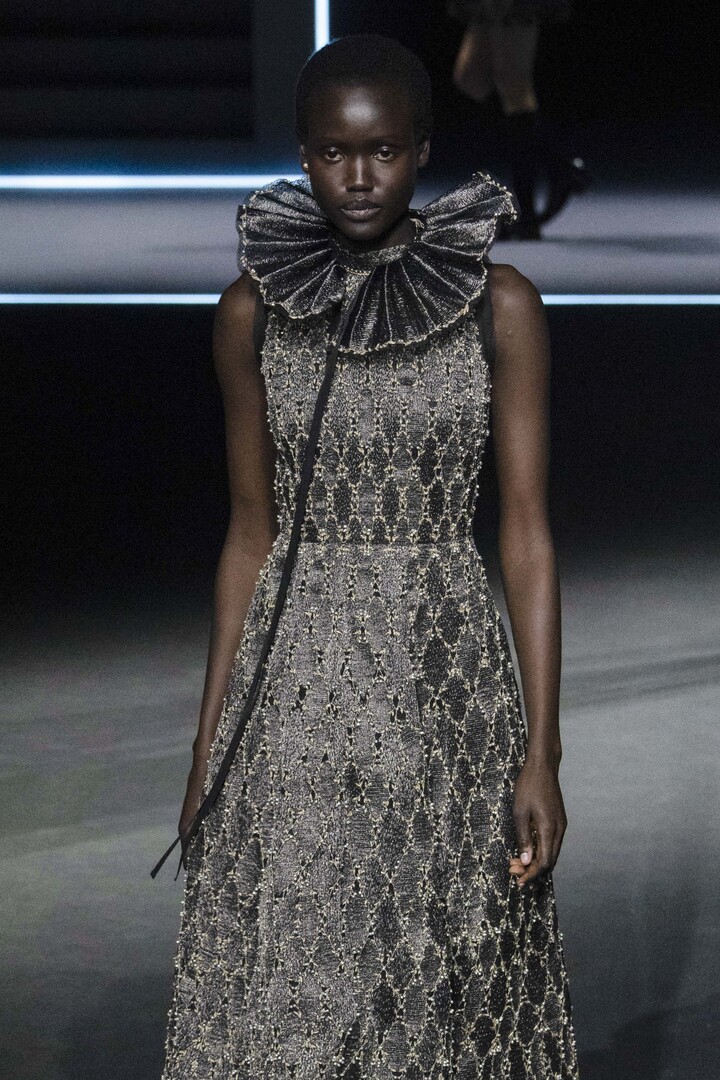
While modern interpretations may seem extravagant, the ruff’s contemporary designs pale in comparison to their historical predecessors. Originally emerging in the mid-16th century, the ruff began as simple linen or cambric collars worn by men and women in Renaissance Europe to protect their garments. However, the demand for more elaborate styles likely stemmed from starched muslin collars found in India and Sri Lanka, which were imported to Europe by traders along with the starch recipes necessary to create voluminous pleats and ruffles.
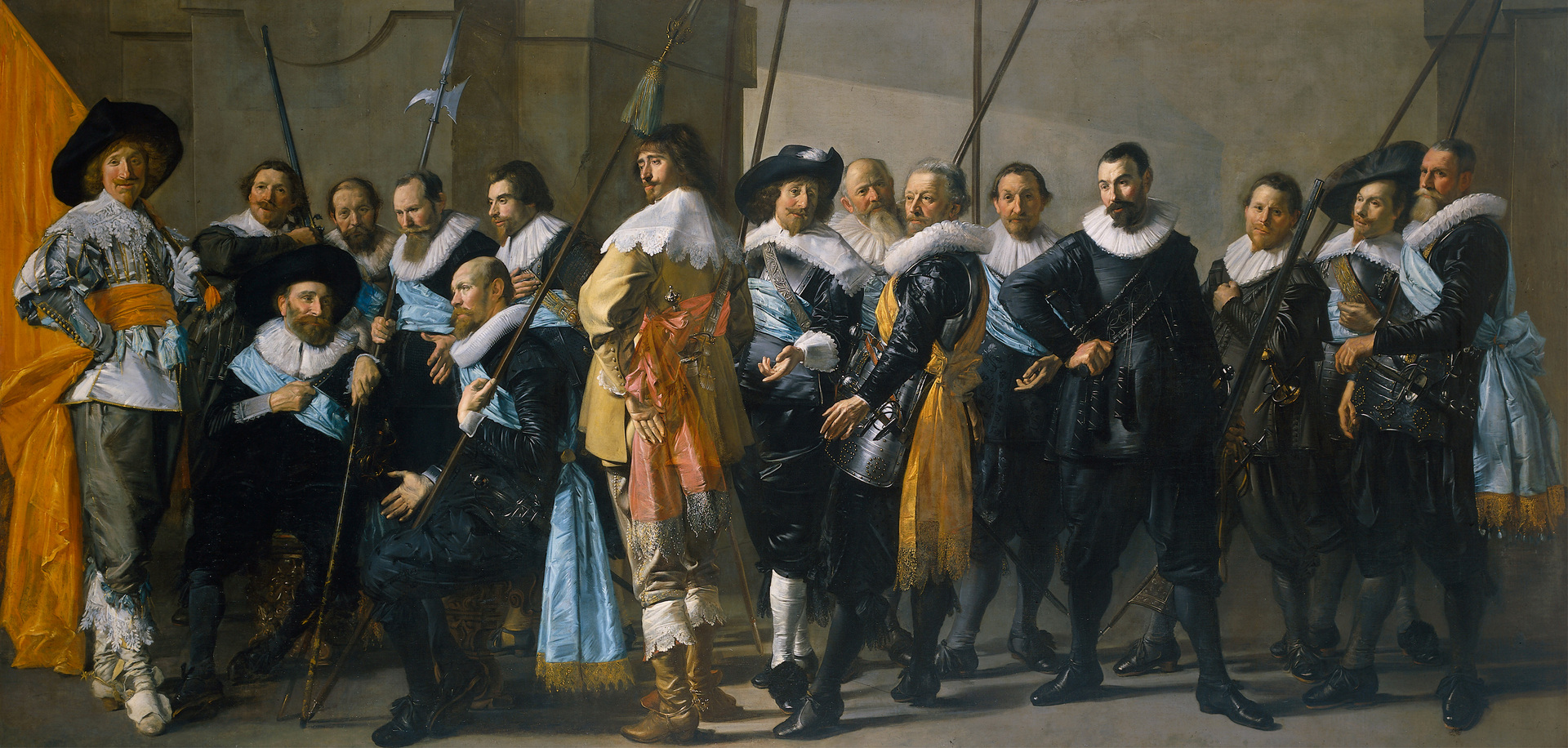
Different regions favored various styles of the ruff, with some being more fitted, others longer, and some adorned with lace. Historical portraits from the 16th and particularly the 17th centuries often depict individuals with their heads framed by a lush expanse of white fabric. A famous representation is the 1588 Armada portrait of Elizabeth I, where her ruff spreads out in a stunning display of architectural lace amidst her lavish velvet, ribbons, and pearls.
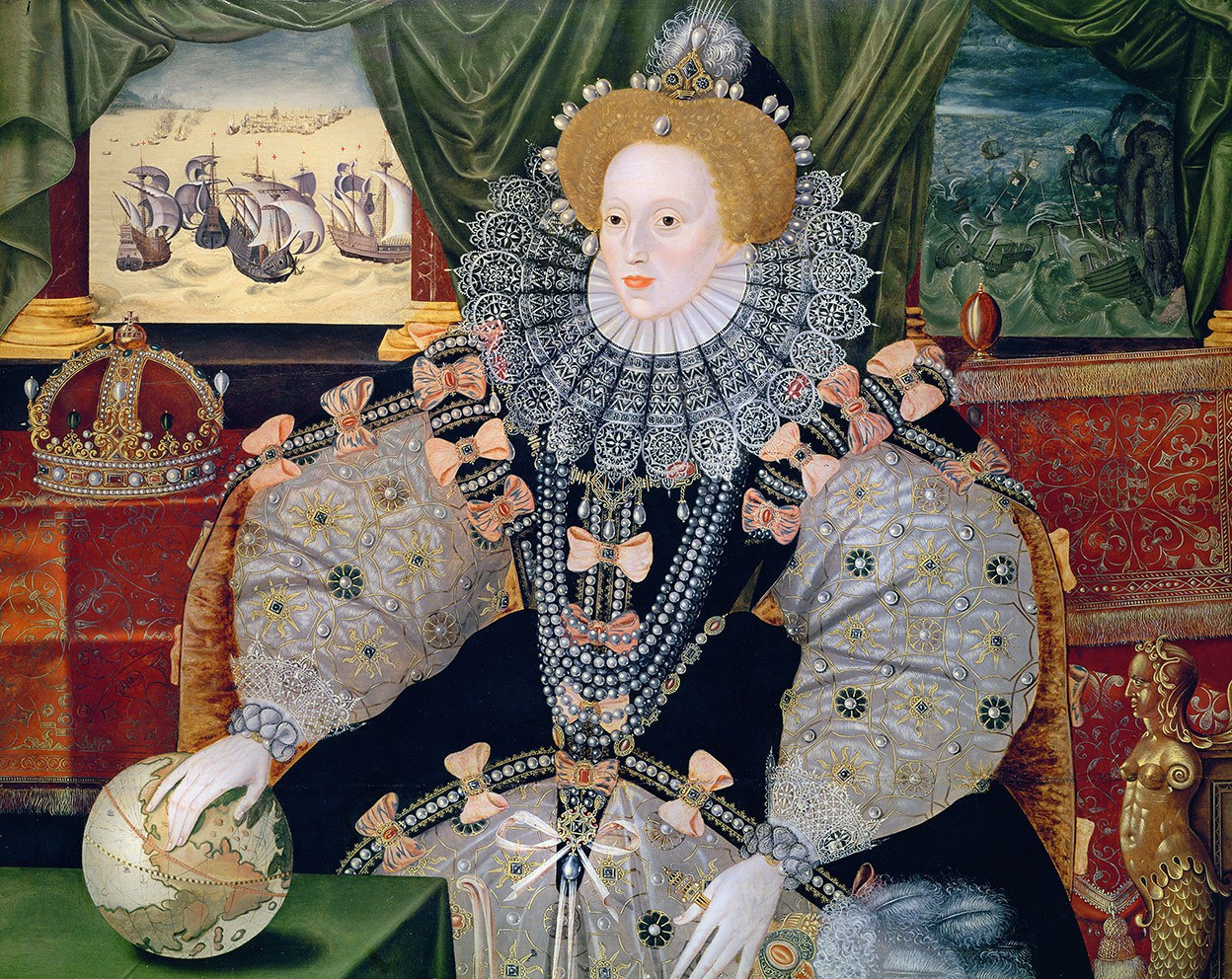
Creating a ruff required multiple steps, starting with a piece of fabric that was folded, stitched, pleated, and affixed to a neckband before being starched. This process could involve several layers—some ruffs contained as many as seven. The complexity of the ruff was determined by the length of material used; basic versions needed about one meter of fabric, while more elaborate styles could use as much as 17 times that. In the 16th century, techniques of starching and the use of conical goffering irons helped maintain the lofty pleats. By the 17th century, the fashion for broad, flat ruffs, reminiscent of charged discs, led to the introduction of frameworks known as supportasses, constructed from a mix of wire, cardboard, and fabric. These were comparable to what were called cartwheel ruffs, an evocative term referencing the way they framed the head, similar to how Salome presented John the Baptist’s head on a platter in biblical accounts. This style, frequently illustrated in works by artists like Frans Hals and miniaturist Nicholas Hilliard, could be over a foot wide and feature up to 600 pleats, typically crafted to tilt in a way to highlight the face.
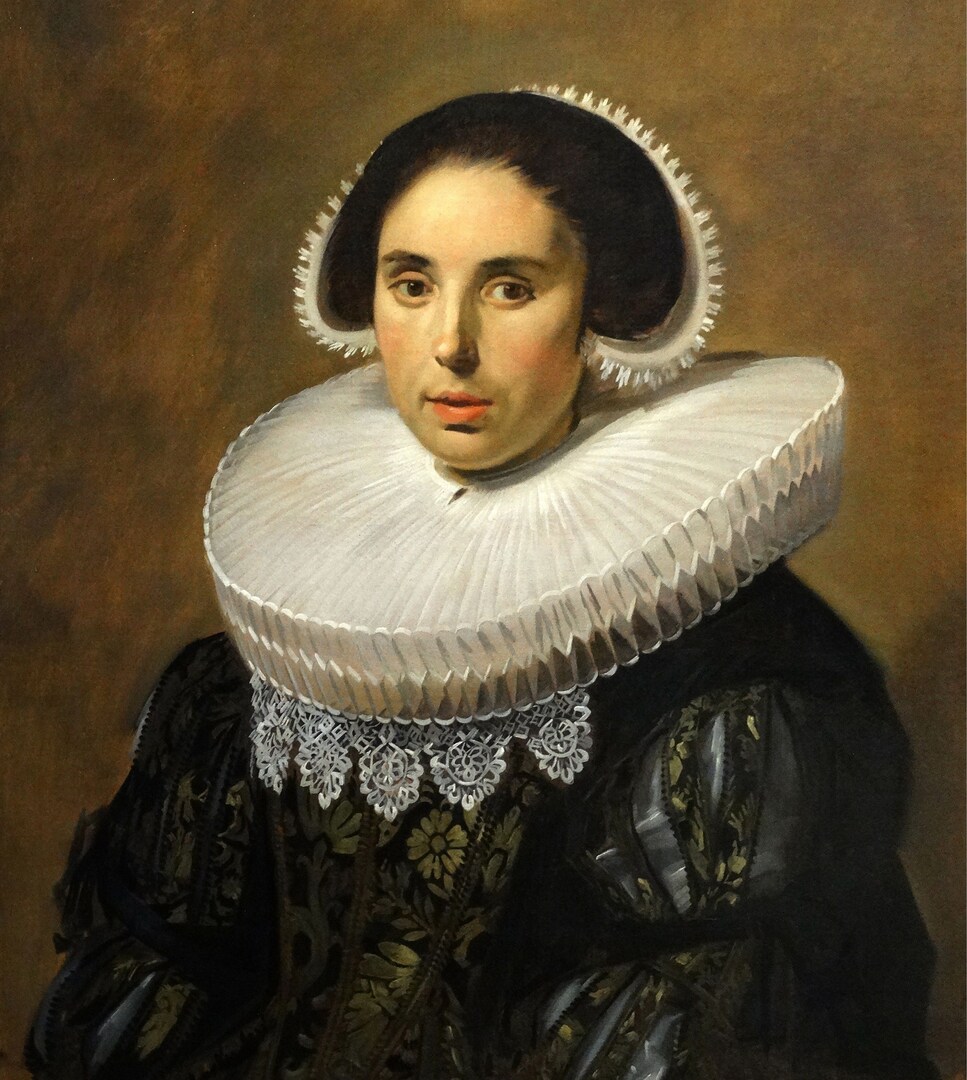
The extensive time required to produce such elaborate ruffs, coupled with the expensive materials and maintenance they demanded, rendered them a grand display of affluence. In 1587, Elizabeth I invested three pounds in lawn fabric with intricate cutwork and lace trimming for ruffs, on top of a pound already spent on laundering, repairing, and starching another set—an exorbitant amount at a time when the most skilled domestic workers earned about two pounds annually. Although the queen had a fondness for ruffs, she didn’t wish for them to be universally accessible; in 1591, an attorney lost his position for appearing before the privy council dressed in a lavish outfit that included a large ruff deemed inappropriate. The ruff often fell victim to sumptuary laws that restricted luxurious items based on economic class, impacting clothing, accessories, and even sword lengths.
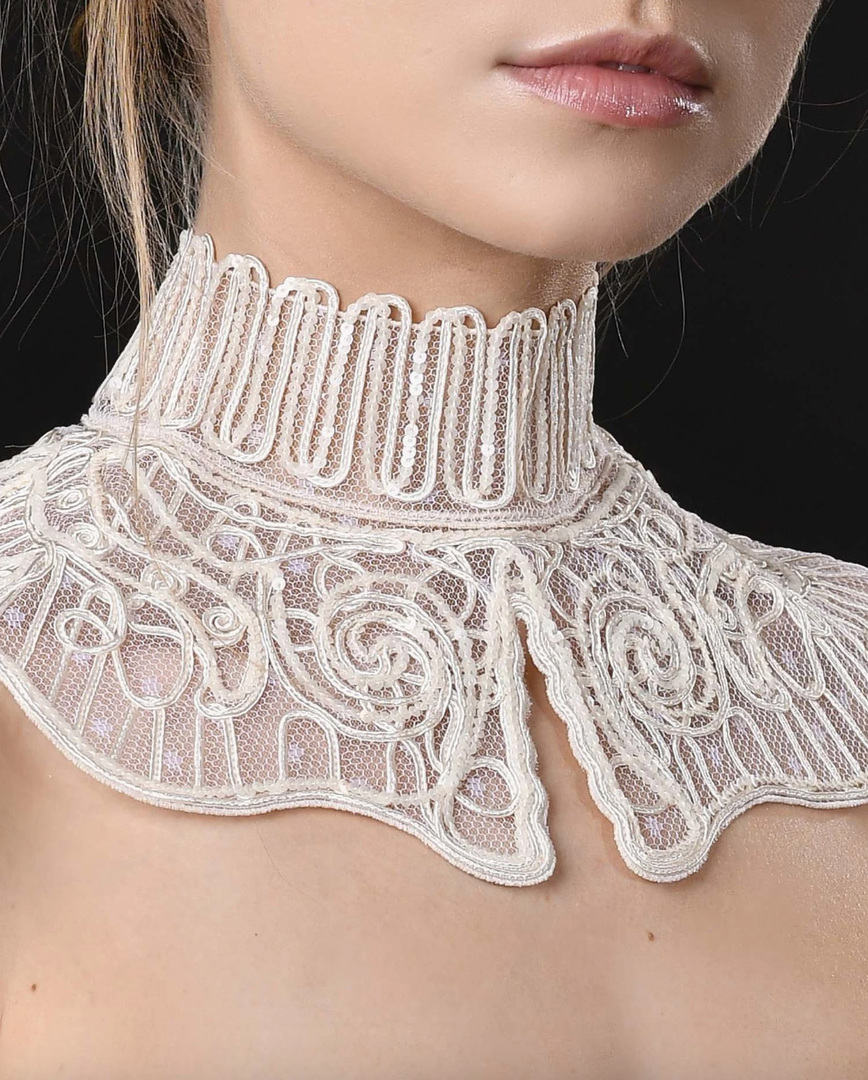
As the 17th century unfolded, ruffs saw a decline in popularity, giving way to more relaxed collar styles. However, elements of the design have resurfaced throughout history, echoing in the fichus of the 18th century and the lace jabots of the 19th century, both of which capture a similar airy charm. Today, ruffs are commonplace in costume dramas, yet their most extreme modern iterations frequently grace fashion runways. Junya Watanabe’s A/W 2000 collection reinterpreted the ruff, transforming it into garments rather than mere accessories. Alexander McQueen has revisited the ruff multiple times under various designers, joined by other luxury brands such as Gareth Pugh, Chanel, and Viktor & Rolf, all creating their unique renditions of this historically significant fashion item. Even contemporary artists like Lady Gaga have embraced ruffs on stage and at various public appearances, famously removing a large red latex cartwheel ruff when meeting Queen Elizabeth II at the 2009 Royal Variety Performance.
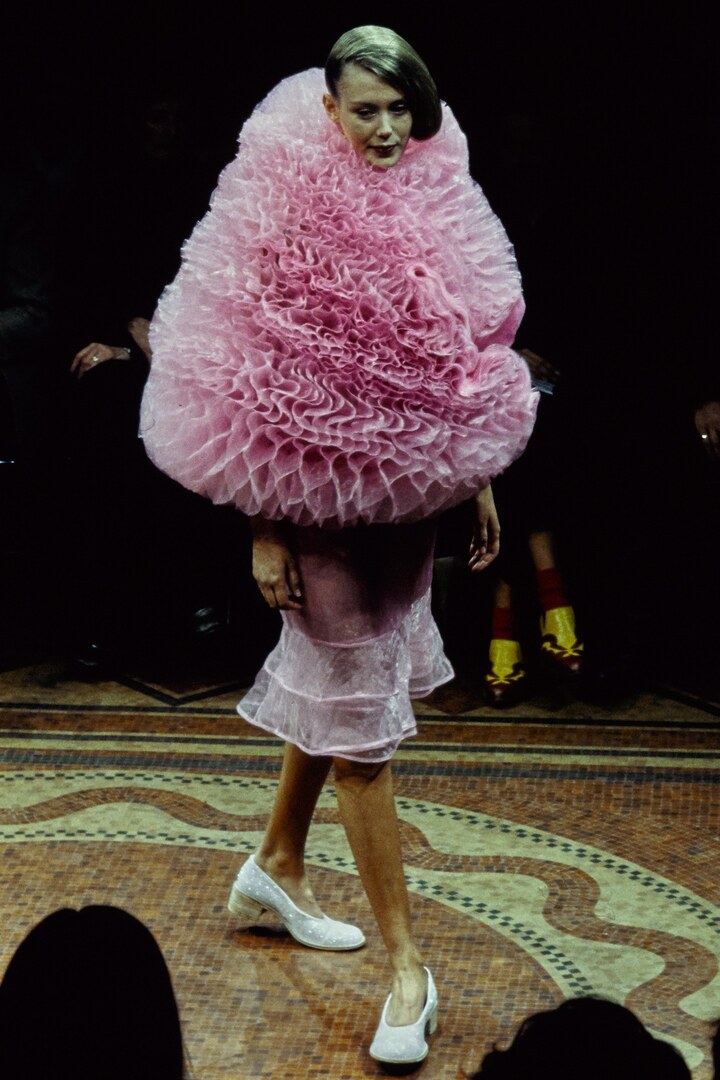
As ruffs experience a notable revival in the Autumn/Winter 2025 season, it is evident that larger collars make bolder fashion statements. Whether one seeks to evoke Tudor elegance or simply wishes to add a grand touch to their outfit, this trend serves as a reminder that both fashion and history relish in a resurgence.
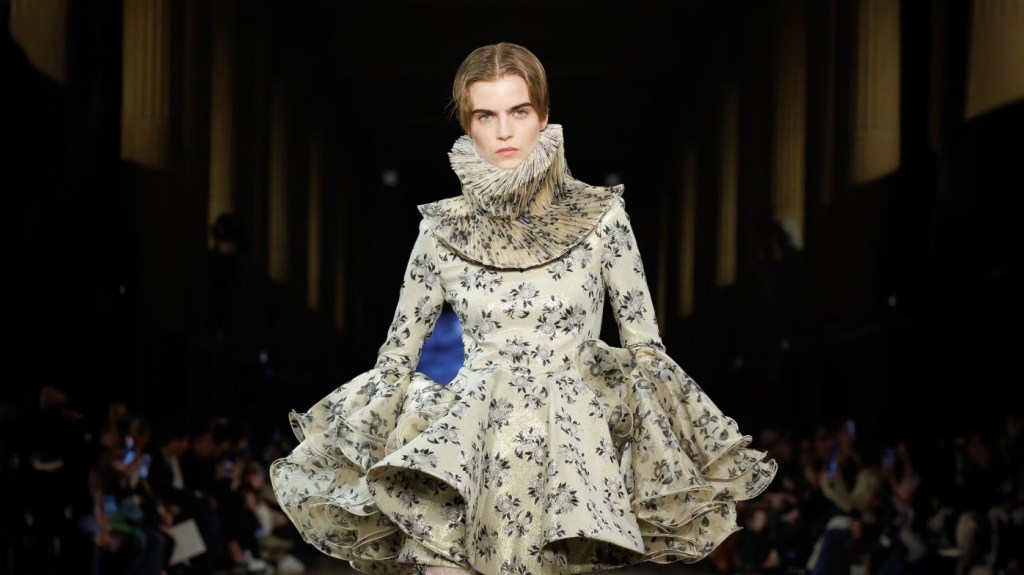

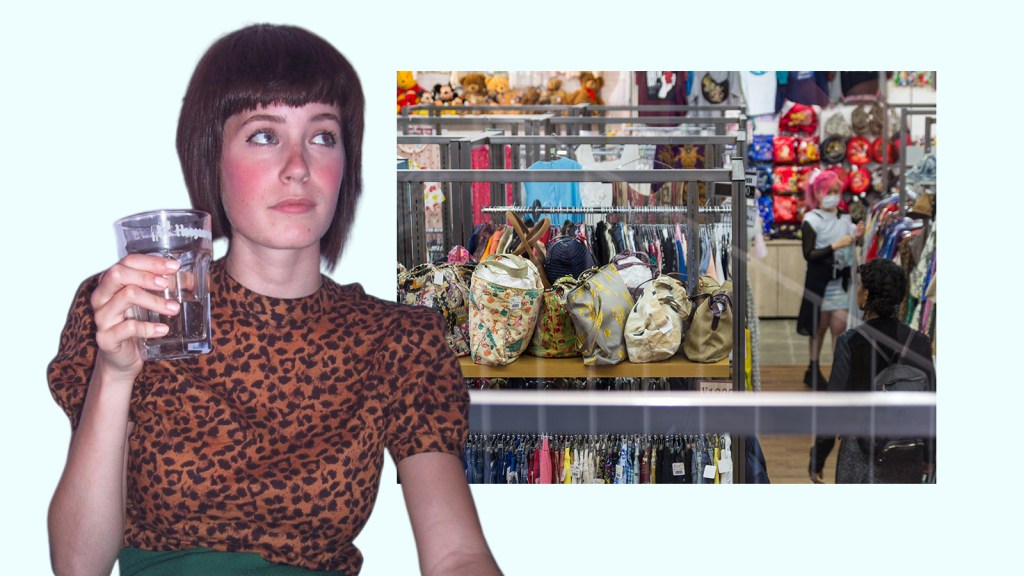
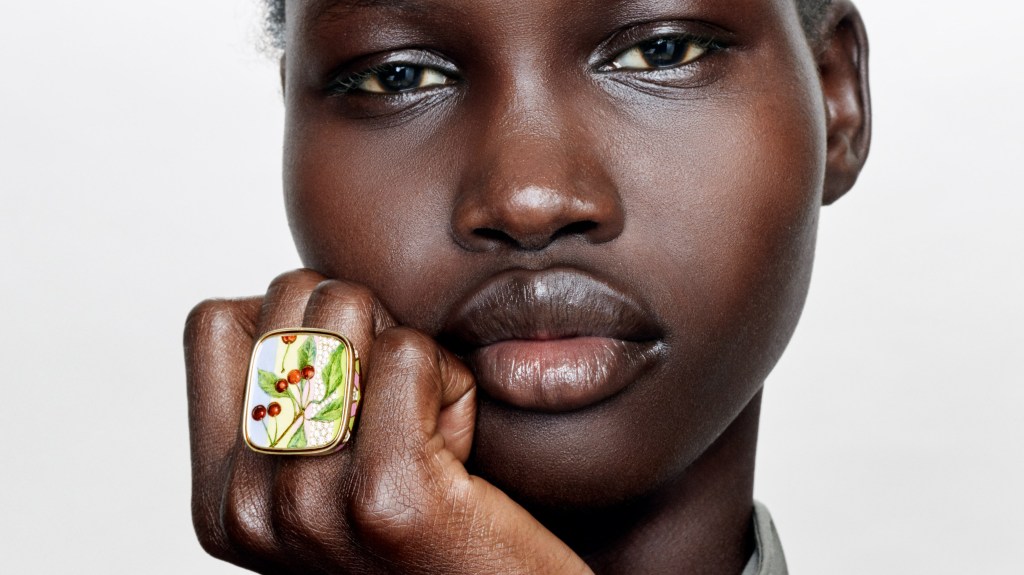
Post Comment